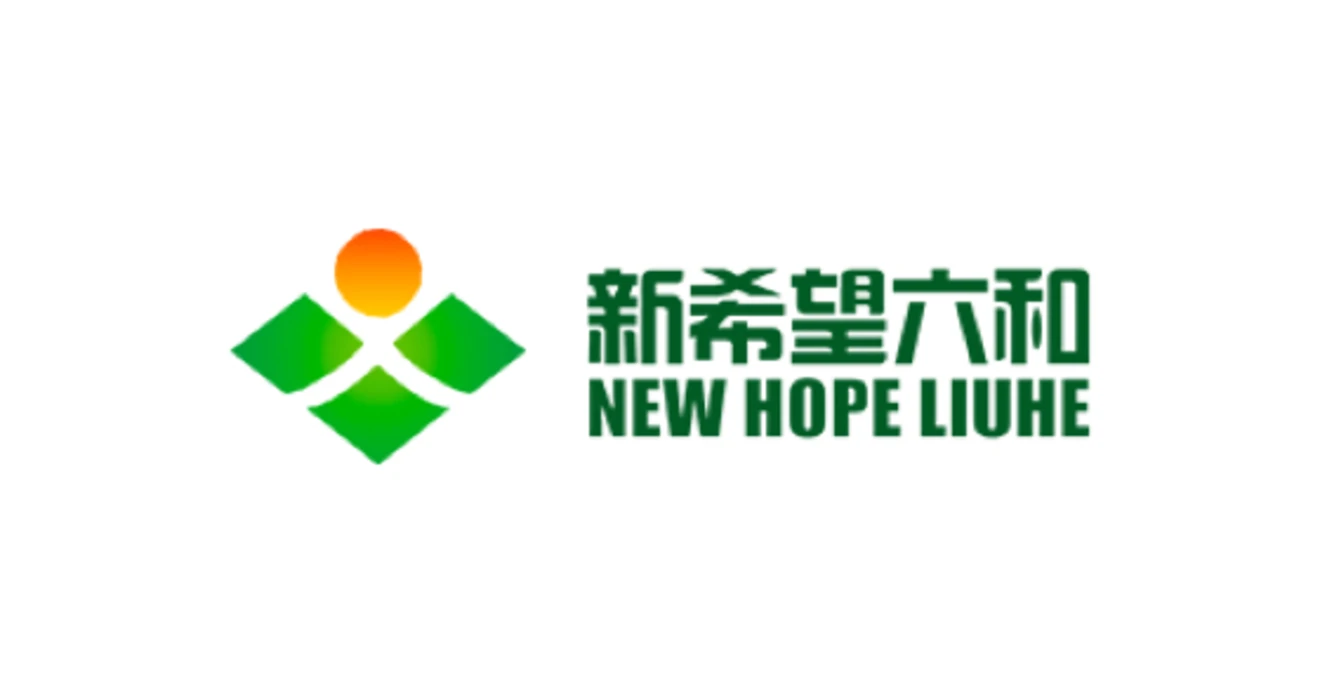New Hope Liuhe Co Ltd
Key Information
HQ:
China
Market Cap:
$6.03bn
Primary Market:
Asia
Business Type:
Protein Producer
Company Information
Company Summary
New Hope Liuhe is a leading enterprise in agricultural industrialisation in China and an affiliate of New Hope Group. New Hope Liuhe has grown its operations into animal feed, livestock breeding and raising (chicken and pigs), meat processing and financial investments. The company operates nationally across China and in 20 other countries and regions including Vietnam, the Philippines, Bangladesh, Indonesia, Cambodia, Sri Lanka, Singapore and Egypt.
Revenue
Total revenue:
$21.0bn
Revenue by Geography
Revenue by Protein
Revenue by Product Type
Active Projects

Coller FAIRR Protein Producer Index
Multiple themes
Disclosures
CDP ScoresLast Reviewed: 16/10/2024
| CDP Climate | CDP Forests | CDP Water |
|---|---|---|
| No | No | No |
Science Based Target initiativeLast Reviewed: 16/10/2024
| Target classification | Status | Date |
|---|---|---|
| Has not set SBT | - | - |